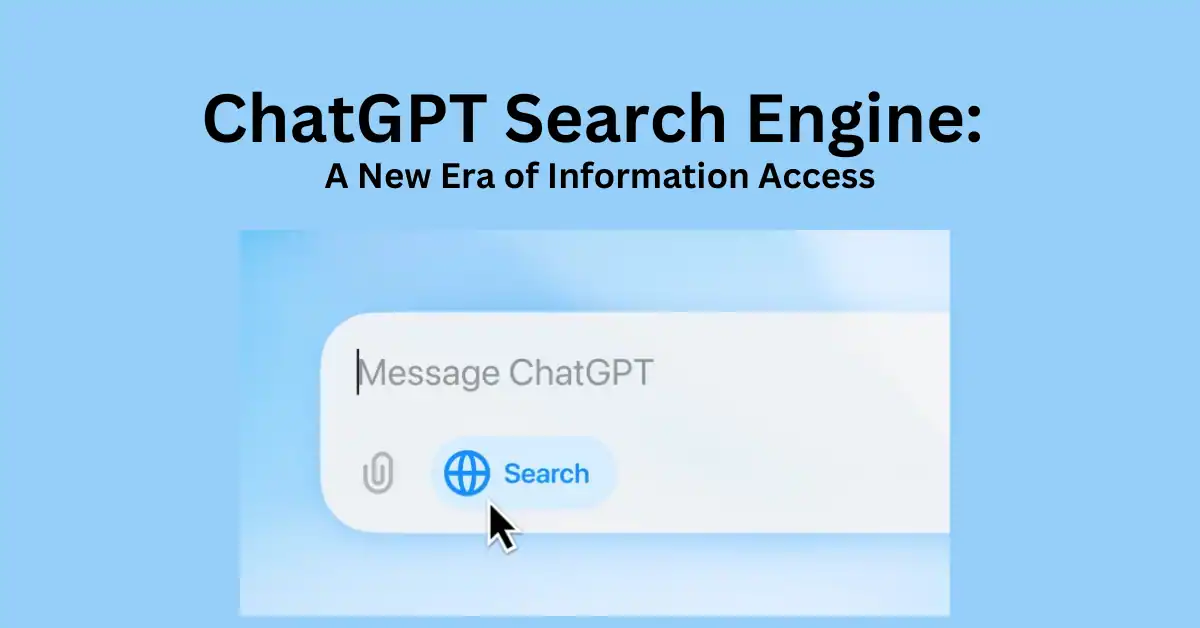In the vast digital landscape, understanding how search engines rank information is essential. One of the critical measures Google employs is Google’s Information Gain Measure. This article delves into this fascinating concept, explaining what it is, why it matters, and how Google uses it to optimize search results. So, let’s dive in!
Table of Contents
ToggleWhat is Google’s Information Gain Measure?
Information Gain (IG) is a metric that quantifies the amount of information obtained about a random variable through another random variable. In simpler terms, it measures how well a particular feature can separate the data into distinct categories. The higher the information gain, the better the feature at classifying the data. Think of it like a powerful flashlight that illuminates the path forward in a dark maze!
The Concept of Entropy
At the heart of Information Gain Measure lies the concept of entropy, which quantifies uncertainty or disorder in a dataset. Imagine a bag filled with colored marbles; if all the marbles are of the same color, the entropy is low because there’s certainty. However, if you have a mix of colors, the uncertainty rises, indicating higher entropy. Understanding entropy is crucial because it helps us grasp how information gain functions.
How Information Gain Works
When we evaluate features to see how well they classify data, we calculate their information gain by comparing the entropy of the entire dataset to the entropy of the subsets created by the feature. If the feature creates subsets with lower entropy, it means we have gained information! This process is like a detective piecing together clues to solve a mystery—each clue reduces uncertainty about the case.
Why is Google’s Information Gain Measure Important?
So, why should we care about this measure? It has significant implications in various fields, especially in machine learning and data mining. Let’s explore its importance further!
Applications in Machine Learning
In machine learning, Information Gain Measure is a cornerstone for algorithms, particularly in decision trees. It helps determine which feature to split on at each node. By choosing the feature with the highest information gain, we ensure our model becomes more accurate and effective at making predictions. In essence, it guides the algorithm to learn from the data efficiently!
Role in Decision Trees
Decision trees use this measure as a criterion for selecting the best feature to split the dataset. Each split ideally reduces the entropy of the resulting subsets, making the tree more efficient. Think of it as navigating a branching path where each decision point gets you closer to the best outcome—like choosing the best route to reach a destination quickly.
How Google Utilizes Information Gain Measure
Now that we understand Information Gain Measure, let’s see how Google applies it to its search algorithms. Google’s aim is to provide the most relevant and useful results to users, and information gain plays a pivotal role in achieving this goal.
Search Engine Optimization (SEO) Implications
Google’s use of Information Gain Measure impacts SEO strategies. For example, content that addresses specific queries effectively gains higher information gain. This means SEO professionals must create content that not only uses the right keywords but also provides genuine value and answers to users’ questions. In a crowded online marketplace, it can be the differentiator!
Improving User Experience
By leveraging Information Gain Measure, Google can refine search results to enhance user experience. If a search feature consistently provides relevant results, it implies high information gain. This approach not only keeps users satisfied but also encourages them to return to the search engine, reinforcing their trust in its capabilities.
Calculating Information Gain Measure
Curious about how to calculate this measure? Let’s break it down into simple steps!
Step-by-Step Calculation
- Calculate the overall entropy of the dataset.
- Determine the entropy for each subset created by the feature.
- Compute the weighted average entropy of the subsets.
- Subtract the weighted average entropy from the overall entropy.
The result is the Information Gain Measure for that feature. Simple, right?
Common Misconceptions about Information Gain Measure
One common misconception is that higher information gain always leads to better models. While it’s a crucial factor, it’s not the sole determinant. Sometimes, a feature with lower information gain can still play a vital role in improving model performance when combined with other features. Thus, it’s essential to consider the bigger picture when evaluating features.
Future of Information Gain Measure in Search Algorithms
The landscape of search algorithms is continually evolving, and Google’s Information Gain Measure is at the forefront of these changes.
Evolving Algorithms
As machine learning techniques advance, Google is likely to refine how it uses this measure. New algorithms may integrate it with other metrics, enhancing the overall efficiency of search results. Just like technology in our daily lives, the evolution of search algorithms is an ongoing journey!
Integration with AI and Machine Learning
With the rise of artificial intelligence and machine learning, Information Gain Measure is becoming even more critical. As Google continues to leverage these technologies, understanding and applying information gain will help enhance its ability to understand user intent and provide the most relevant information. It’s a thrilling time to witness how these advancements unfold!
Conclusion
In conclusion, Google’s Information Gain Measure is an essential concept that plays a vital role in optimizing search results. By understanding how it works, why it matters, and how it applies to various fields, we can better appreciate the complexities of search algorithms. As we move forward, staying informed about developments in this area will be crucial for anyone involved in SEO or data science.
FAQs
Q: What is Google’s Information Gain Measure used for?
It is primarily used in decision trees and machine learning to evaluate the effectiveness of features in classifying data.
Q: How does Google use Information Gain Measure?
Google employs it to refine search algorithms, ensuring relevant search results and improving user experience.
Q: Can Information Gain Measure be negative?
No, information gain is always zero or positive. It measures the reduction in entropy, indicating that information can only be gained or maintained.
Q: What is the relationship between Information Gain Measure and entropy?
Information gain is derived from entropy, as it measures how much uncertainty is reduced when using a feature for classification.
Q: Why is Information Gain Measure important in machine learning?
It helps determine the best features for making predictions, ultimately improving model performance and accuracy.





